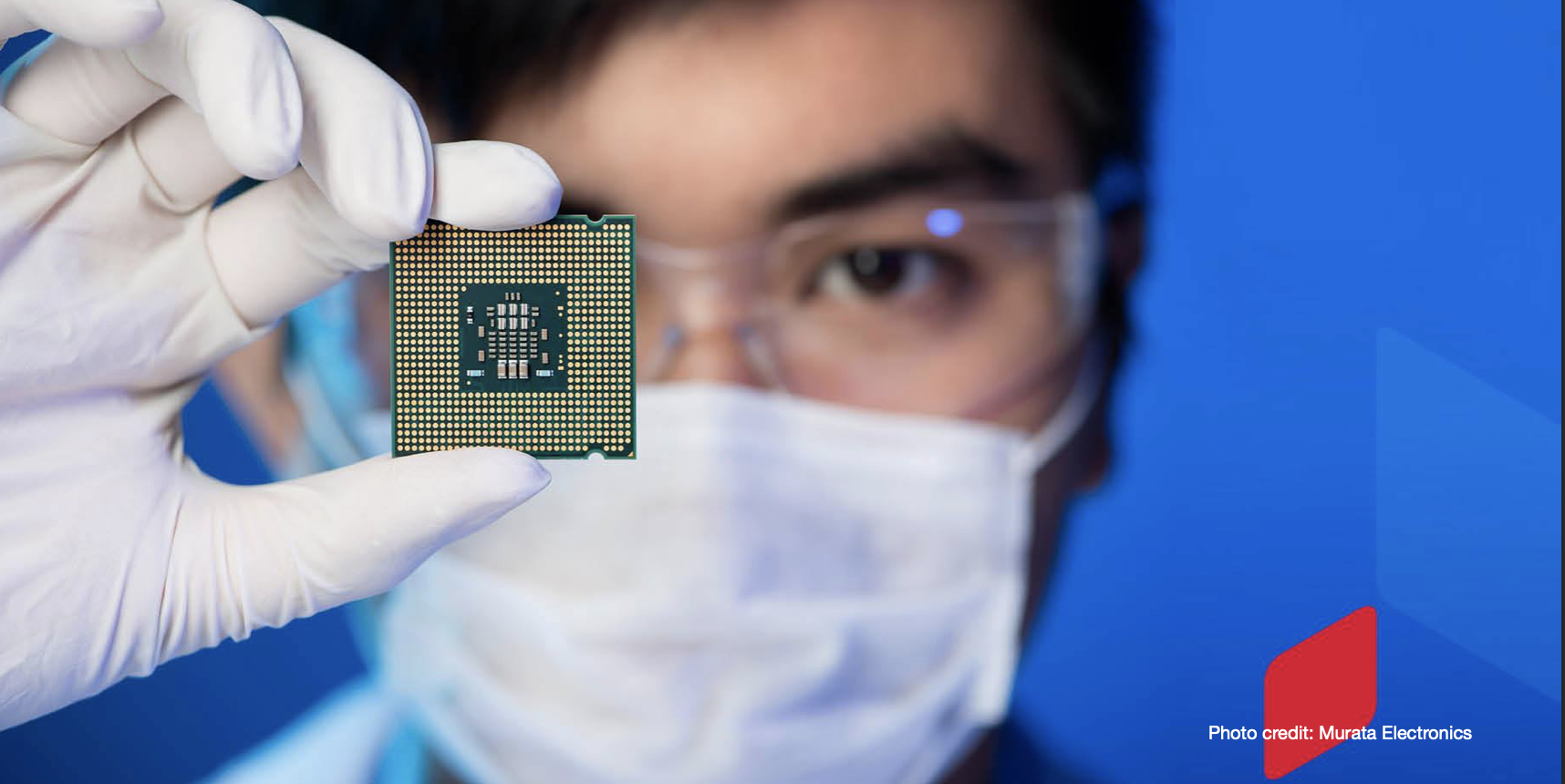Murata Electronics has been an “innovator in electronics” for the past 75 years. This ethos has enabled Murata to develop new products and provide solutions without design or market issues, and expand into new business domains.
The Nagaoka Review (NR) sat with Blake van Thof (BT), business development engineer at Murata USA, to learn how the organization enables innovation inside and outside the organization and how future graduates can harness an innovative mindset.
NR: Is it a good time to innovate today?
BT: This is the best time there has ever been to innovate. The resources at hand now, and the general understanding of how ideas come to fruition within large organizations, have created an environment where employees’ ideas and development practices can flourish. Employers are more willing to risk the cost allowing employees to be more creative, involved, and understand the intricacies of their group creating more diverse and unique ideas.
NR: How can organizations enable innovation?
BT: Investments in management culture is one. Organizations must eliminate the discouragement of ideas, and instead create a more open and fluid environment where ideas continue to proliferate. Eventually, if you foster a large number of ideas and diversify your investments, both time and monetarily, you increase your chance of picking a winner; thus, creating a more effective and efficient company. Additionally the innovator, having a multitude of resources available to them, can learn the information they need to be successful very quickly.
NR: Corporate social responsibility is widely discussed today. How does Murata bring innovation outside of the organization?
BT: Since Murata’s inception, we have followed our “shaze”. The shaze and our CSR align completely. Under that management philosophy, we pursue advancements in society through innovation in electronics and communication, while being ethically pure in purpose. We do not take over markets from our competitors by offering lower prices, or lower quality to meet industry margins.
We genuinely develop new products to provide solutions with the goal of eliminating design or market issues, and the hope that our investments become widely accepted. This type of respect and transparency is what will lead to more social innovation in the coming years.
NR: There are many ecosystems emerging around the world that combine corporate resources with academic research and government policies. What types of collaboration exist so Murata can further drive innovation?
BT: Murata in the US is engaging in more public outreach. We have sponsored labs at Georgia Institute of Technology where we have a standing workshop to engage students with hands-on projects, utilizing Murata products (as well as other electronic manufacturer’s products). This outreach goes as far as partnering with Disney Land to create science-based demonstrations and experiments to engage young people in STEM areas.
We also call upon researchers and professors at different universities to help us develop new, ground-breaking technologies. Murata understands that investing in the newest talent pool early on, as well as creating mutually beneficial partnerships with universities to develop new, industry leading products around the world is the process to further sustaining and enhancing innovation.
NR: From an organizational standpoint, how is innovation taking place inside Murata?
BT: It happens in various places. I have worked at Murata for four years now, and am very content with my work, growth, motivation, and compensation. Because Murata is involved in so many different markets, such as healthcare, automotive, and industrial, our daily work provides opportunity to experience many different applications. Combined with our company culture, this diversity makes for an interesting, motivating environment.
NR: And does it happen in leadership as well?
BT: Yes it does. Our leadership is good at combining different strengths and leveraging our management philosophy to achieve greater results. They implement many of the teachings of our management training daily, and now that I am going through it, I have begun to recognize its value and implementation in my work setting.
NR: How can we prepare future graduates to be innovative?
BT: Build and harness a resourceful mindset. One of the best pieces of advice I received after graduation was from my uncle, David. I was frantically looking for employment that would utilize my new degree I worked so hard for. For weeks, I had little luck find a job. And one day he told me, “Everyone gets a job.”
After that, I changed my demeaner and tactics. I wasn’t so obsessive about it. I was able to create a local network of professionals around me, I did more in person searching than online, eventually, landing a position at Murata by going to a Georgia Tech ECE Career Fair. Whereas I never attended Georgia Tech. That’s one.
Another would be to understand what sparks their interest and use it to motivate themselves to do the best they can. I’m sure you’ve heard of the saying “if it’s worth doing, it’s worth doing right.” I have found that doing something to the best of your ability is easy, up until the last 10% of the project. This last 10% seems to take 90% of the effort, and that little bit is what differentiates a person from their peers.











